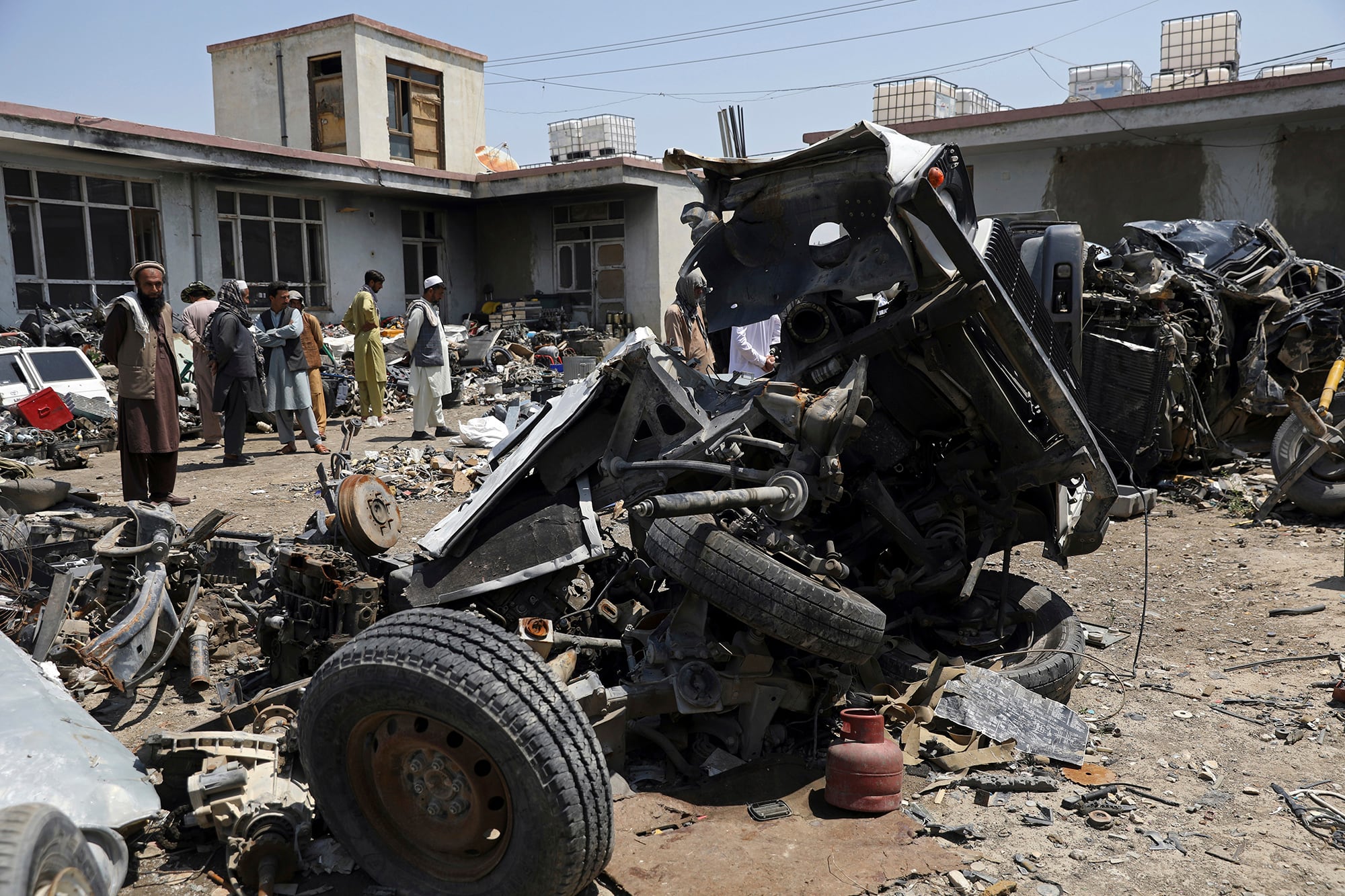The U.S. military’s withdrawal from Afghanistan is between 6 and 12 percent complete, according to a Tuesday release from Central Command, but it’s unclear how many troops, if any, have made their way home.
That’s on purpose, Pentagon spokesman John Kirby told reporters on Tuesday, in order to hedge against possible attacks by the Taliban.
“Central Command has expressed a concern about the release of personnel figures specifically,” Kirby told reporters on Tuesday, “given that we have to assume, and we are still assuming that this drawdown could be opposed by the Taliban.”
Specifically, that releasing ever-shrinking numbers of American forces in the country could embolden the Taliban, who had been working off of the Trump administration’s May 1 deadline, issuing threats to resume attacks on U.S. troops after it became clear the timeline had moved to the right.
Immediately following the announcement of the Sept. 11 deadline, Kirby told reporters it was likely that numbers would surge for a time to beef up force protection while the mission turned to packing up and shipping out.
Though the Pentagon’s official troop figure has been 2,500 since January, Army Gen. Mark Milley, chairman of the Joint Chiefs of Staff, has said that number is more like 3,300 when you factor in special operations units.
Following President Joe Biden’s April withdrawal announcement, defense officials told the Associated Press that “hundreds” of Army Rangers would be sent to Afghanistan as extra security.
So far, according to CENTCOM, the U.S. has loaded up roughly 100 C-17 Globemasters of equipment out of the country, in addition to transferring more than 1,800 pieces to the Defense Logistics Agency to be destroyed.
RELATED

One outpost, New Antonik, in Helmand province, has also been transferred to the Afghan National Army.
“My understanding is that this percentage that they’re offering is an aggregate percentage, which includes resources, people, equipment, but also the degree to which we are closing and will continue to close facilities,” Kirby said.
The number will continue to get more vague, according to CENTCOM’s May 4 release, as the withdrawal moves closer to the finish line.
“As the responsible and orderly exit continues, the size of the range will increase to preserve operational security,” the release said.
CENTCOM is releasing what they believe is the “most appropriate” amount of information, Kirby said.
“I can explore the issue with CENTCOM, in terms of providing possible greater clarity on what the percentage indicates,” he said. “But I don’t want to set false expectations that in doing so, there’s going to be a lot more granularity in terms of the data itself as we progress through the retrograde ... we have a top priority of protecting our people, and those of our allies and partners.”
Meghann Myers is the Pentagon bureau chief at Military Times. She covers operations, policy, personnel, leadership and other issues affecting service members.




